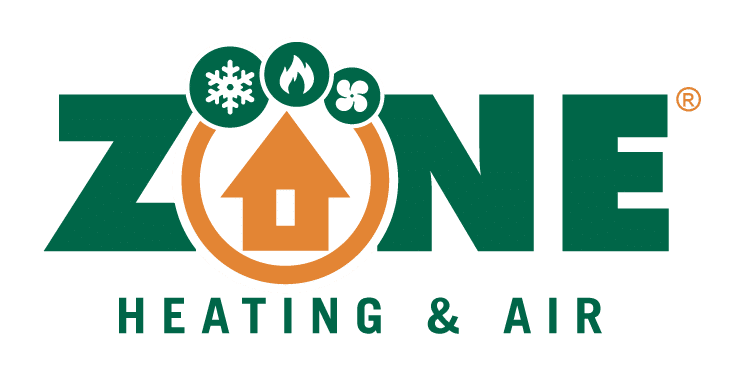Now that cold temperatures are a reality, we hope you are completely satisfied with your heating system, snug and warm, and unfazed by the fact it has already dipped below freezing several times this month. However, if you find yourself dealing with a cold home, wondering why your furnace cannot keep up with demands made of it, then certainly you must be thinking about furnace repair – and what that might cost you.
Before you go searching for a professional to come out and judge your need for full-on furnace repair, there are a number of things you can do to ensure that the problem is not just a simple fix that you yourself can handle.
With that in mind, here’s a checklist to help you determine if your problems are significant enough to warrant a call to a professional HVAC contractor.
Request a Free Quote
Zone Home Solutions has five locations around the Atlanta area. Contact us to get a free, no obligation project quote.
- Check your thermostat – It could be as simple as that. Often, we forget to reset our thermostats when seasons change (and our shift to cold weather was both severe and abrupt). Modern thermostats also require battery power, and it could be that your unit’s batteries need replacing (a simple fix). Or perhaps you suffered a power outage, and the thermostat did not reboot correctly.
- Check your circuit breakers (or fuse box) – There is the possibility that your home tripped the circuit breaker or that a fuse blew. Both are simple fixes that will save you significant time and money.
- Check your vents – Are they all open? Sometimes it is as simple as a closed vent that is keeping a room colder than other.
- Check your HVAC filter – A clogged filter will not only reduce air flow, it could also cause your furnace to work too hard and cause a shutdown inside your furnace as heat builds up inside. Newer HVAC units are much more sensitive to dirty filters and replacing a filter on your own is a simple task. Simply locate the old filter, determine its dimensions (labeled on the side) and buy a replacement.
- Check the safety switch on the furnace door – All furnaces have a safety switch that shuts off when the furnace door is removed. There is always a chance that this was not re-activated if you (or someone else) performed maintenance on the furnace. Make sure your furnace door is closed, or else the switch will turn back into the “on” position.
- Make sure the area surrounding the furnace is clean and uncluttered – It’s easy to let items clutter up and build up around your furnace unit. You should always keep the space around your furnace both free from clutter and clean. There are active flames inside your furnace; do not keep anything flammable nearby. Likewise, a dirty, dusty basement could also prove a hazard, as dust could clog the furnace and cause clogs in the system.
- Check your burner flame – Your burners should be blue and even (i.e. one flame or flames should not be bigger than another). If the flames are yellow, then you likely have dirty burners. You can clean your own burners – just ensure that you turn off your power and gas lines first. A malfunctioning burner is most definitely a sure sign of a poorly-tuned furnace.
- *Listen to your furnace – If your furnace is making any sort of abnormal noises? Certainly, your furnace will make some sounds, but not all noises are normal. Should you hear any rattling sounds then you may have loose panels that need tightening. If you hear any squealing or screeching noises then you may have a belt that needs replacement. And if you hear any grinding sounds then you likely have metal bearings in need of replacement (something best left to a professional contractor).
Run through this list, and you may well avoid a time-consuming call to an HVAC contractor – even better, you may just avoid any thoughts of furnace repair by fixing these relatively simple problems on your own.

